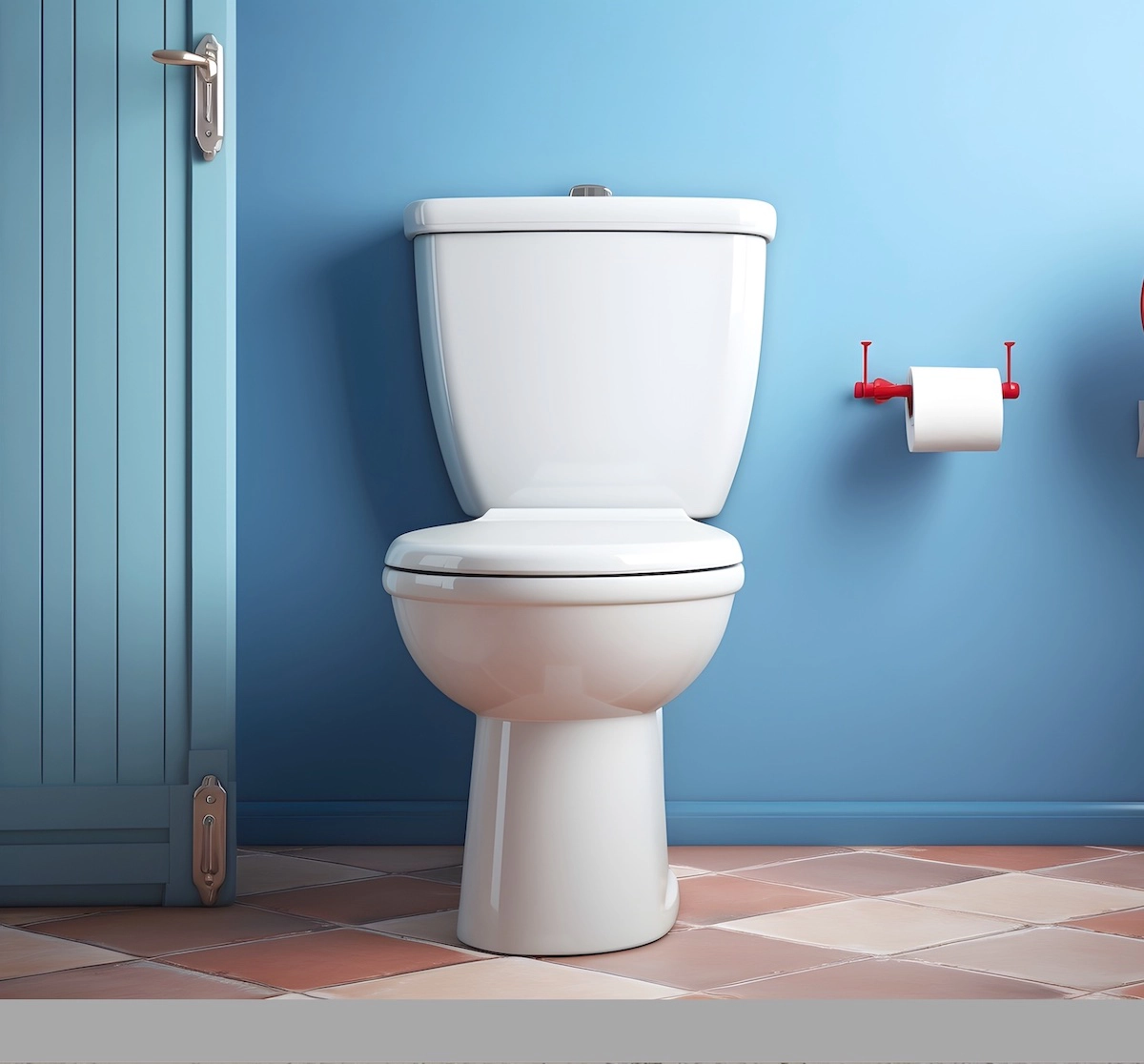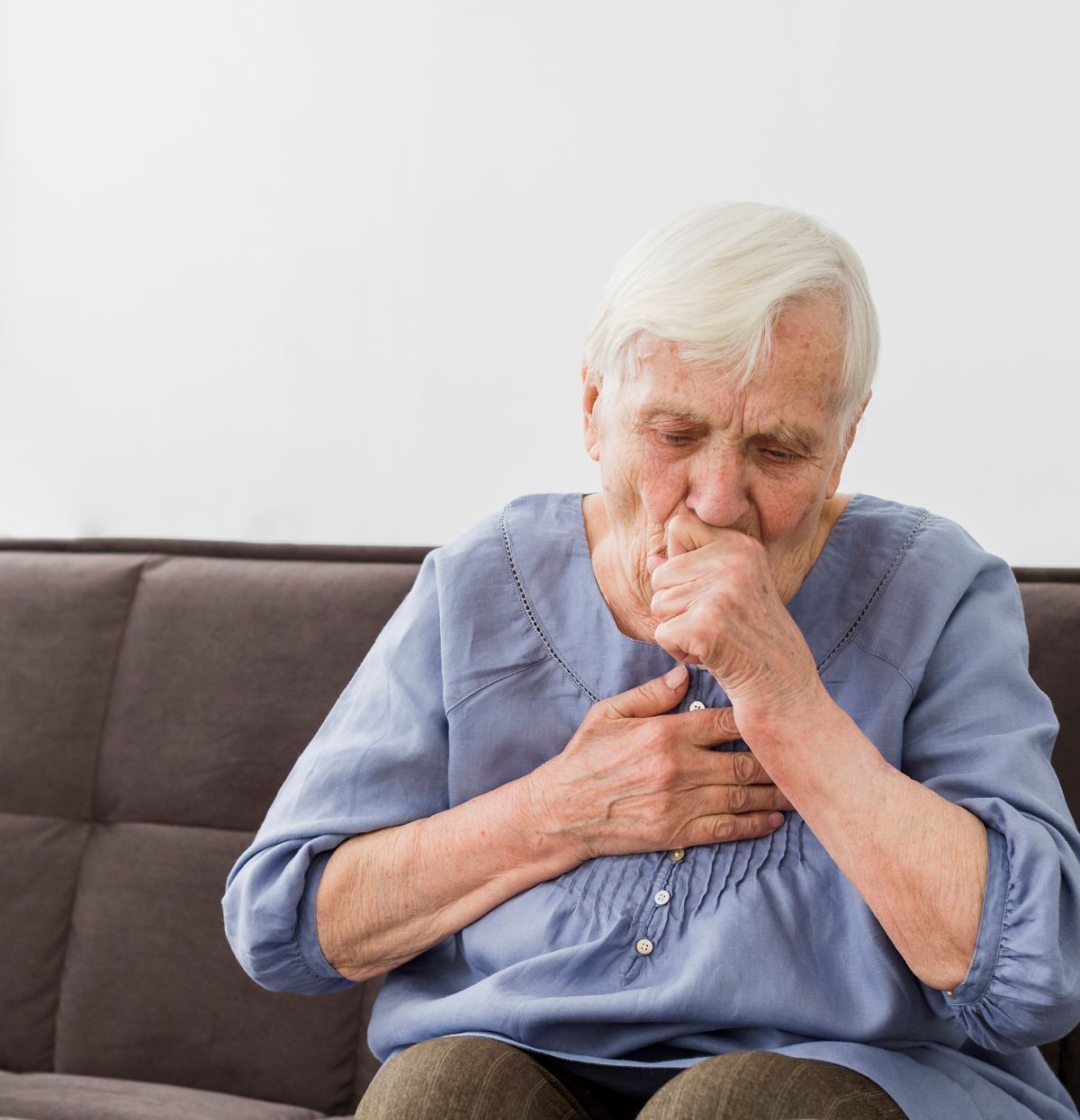
Many controlled studies over the years have found there’s little doubt particles can be forcefully ejected from a toilet bowl after a flush.
“All that air when you flush goes somewhere, and it carries the viruses that are in the toilet bowl out of it,” says Microbiologist Charles Gerba and his research team at the University of Arizona.
Toilet flushes are known to produce aerosols, which could carry pathogenic viruses to various surfaces in the restroom. A new study (Jan. 2024) in the American Journal of Infection Control examines the impact of closing the toilet lid before flushing on the odds of cross-contamination of other surfaces.
In the US, public and private toilets both create high-velocity airflow aerosols that may carry viruses from the water in the toilet bowl to significant heights, facilitating the spread of viruses within the room.
In this study, researchers concluded microscopic viral particles spread to the floor and nearby restroom surfaces when a person flushes the toilet, regardless of whether the lid is up or down. The only meaningful way to reduce the spread of viral pathogens such as norovirus is to disinfect the toilet, toilet water and nearby surfaces, the study found.
Does it make a difference whether the toilet seat lid is up or down? When the seat lid was down, the main contamination was on the bottom of the toilet seat.
Interestingly, the study found that wall and floor contamination did not change with either lid position, though it was minimal for the former. Paradoxically, the floor to the right and left were less contaminated with the lid up and the wall on the left more.
The same patterns persisted when the toilet bowl was cleaned with a brush, but when an acidic disinfectant was added, the contamination was lessened.
Note the current study looked at small droplet dispersion in aerosols rather than large droplets containing fecal matter. The study results demonstrate that closing the toilet lid prior to flushing does not mitigate the risk of contaminating bathroom surfaces.
Public toilets in the US have no lids; thus, the seats were always highly contaminated after flushing, even at lower levels of virus in the water. Viral particles may be more readily and widely spread via aerosolization than bacteria because of their increased viability and ease of aerosol formation.
The toilet design in the USA contributes to significant contamination of the toilet seat because of the airflow during flushing, over both aspects of the toilet seat and through the 0.5-inch gap from seat to toilet rim, towards the floor and walls. To prevent contamination, viruses in the bowl water can be inactivated or removed by cleaning the bowl with acid-based disinfectant and a bowl brush.
In conclusion, the best practice with infection in the household causing gastric and intestinal upsets might be “twice-daily disinfection of all restroom surfaces following toilet brushing, and/or use of a disinfectant that leaves residual microbicidal activity.” This is especially important when immunocompromised patients are in contact with the index patient.
It is highly recommended keeping a disinfectant near the toilet as well as disinfectant wipes to clean the toilet handle after use. People should always thoroughly wash their hands and use hand sanitizer, especially if someone in the household is infected with a virus, Gerba said.
Users of public restrooms have less control over how often it is cleaned, but people can still protect themselves with handwashing and hand sanitizer.
In addition to handwashing and cleaning a bathroom regularly with disinfectant, you should put away your toothbrush and cosmetics applied to your face. People also should avoid handling their phones while using the restroom.
References: https://pubmed.ncbi.nlm.nih.gov/29423191/












